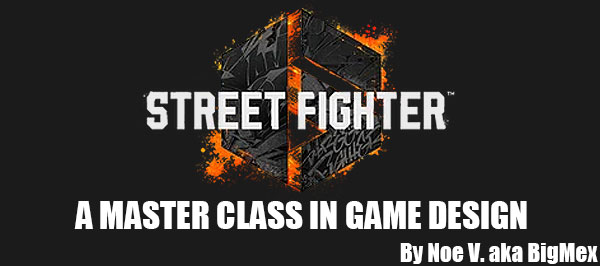
Street Fighter 6 was bringing back classic characters, but not solely as the main roster in the Fighting Ground, better known as the Arcade Mode. Characters that hadn’t been seen in decades were being introduced to a new generation of game players. The first of which, that had me really excited was actually the very first opponent from the original Street Fighter. He was a Japanese monk named Retsu. The angry-looking bald fighter battled Ken, or Ryu in front of a Japanese temple. He looked like the type of villain that might pop up in a kung-fu film. He was notable for being the first to utter the phrase "What strength!! But don't forget there are many guys like you all over the world.” After completing a few sub missions, and sparring against the character he repeated the line. Seeing that dialogue filled me with so much joy.
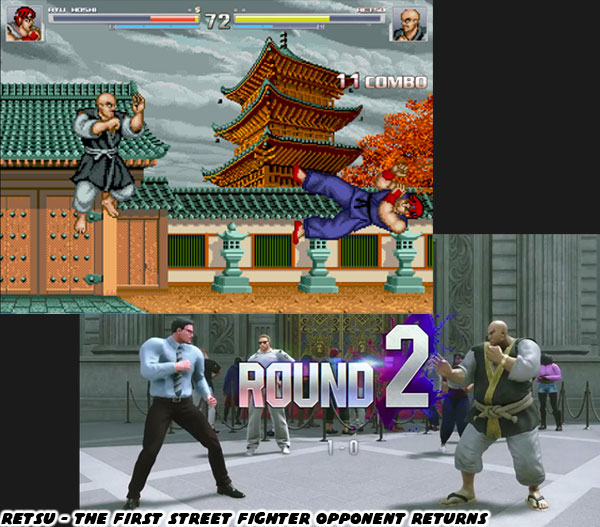
Retsu was literally the oldest character returning to the franchise, but wasn’t the only rare character to be brought back. Despite the success of Final Fight the game never got a sequel in the arcades. This was undoubtedly due to the success of Street Fighter II. Capcom still saw a lot of potential in the game, and worked on exclusive sequels for the Super Nintendo. Each one extended the adventure of Haggar, with some new faces accompanying him on his war against the Mad Gear gang. Final Fight 2 introduced us to Maki, a female ninja, and Carlos Miyamoto, a South American sword master. Maki was the sister of Guy’s fiancé Rena. She was also an understudy to Genryusai, the Bushin Ninja Grandmaster that had taught Zeku, and Guy. Maki started a long-running feud with Guy after he was made the 39th Grandmaster following the death of Genryusai. She thought she deserved leadership of the clan given her ability.
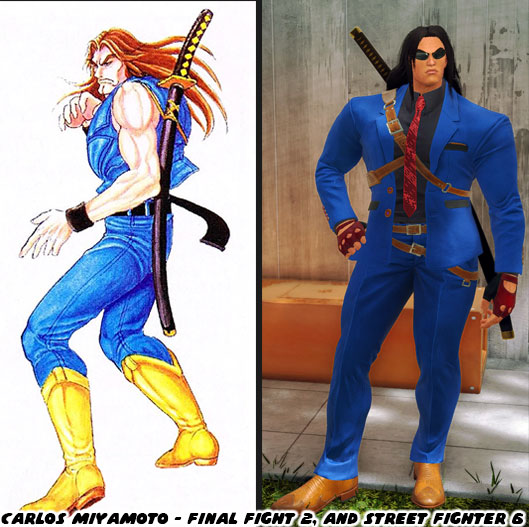
Carlos on the other hand was training with Haggar. The long-haired Miyamoto was a master of Iaido, essentially the samurai’s uncanny ability to draw his sword, and fight with immediate reaction. This was a skill done without conscious thought. Centuries ago the samurai were already well versed in muscle memory. They drilled situations with small groups over, and over until they could handle any close range situation without hesitation. Carlos was a modern world samurai, and seeing his return was a surprise. I didn’t care much for his design in FF2, his open vest, cowboy boots, and long hair were simply clashing looks. None of those elements really complimented each other. He did however have a considerable “glow up” in SF6. A tailored suit, sunglasses, and slim sword holster all worked well together. Even the tiny detail of putting his cowboy boots under his pants helped tie the look together.
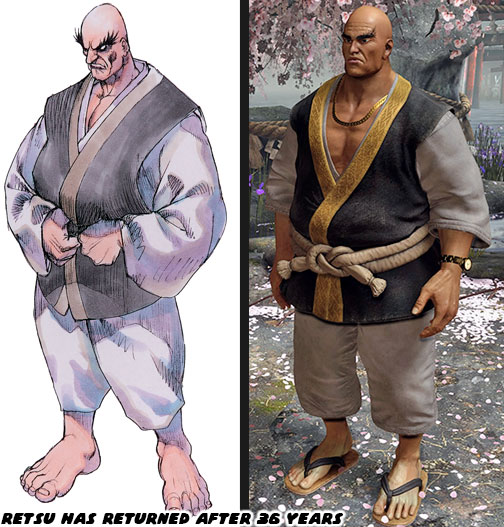
I think that SF6 Designer Yusuke Hashimoto was doing some absolutely inspired work. Retsu was sort of the opposite of what you think a monk should be like. He was hot tempered, enjoyed fighting, and the finer things in life. You would think that Retsu was absolutely identical as he appeared in the original SF, however there were a handful of things that set him apart, and made the design much stronger. Mr. Hashimoto added sandals, a gold necklace, fancy watch, and smart device in the pocket of his robe. Each of these small details told a story about the his personality. Mr. Hashimoto managed to redo the look of Carlos without betraying the roots of the character as well. He even made sure to preserve his long hair, the jean color of his suit, black belt, and cream boots. The updates he did to the other characters could be very subtle. To be completely fair
I wasn’t a fan of Cammy’s casual new look. Yet could say in all honesty that
Juri’s updated look in SF6 was the best the character had ever been presented. Similar to Retsu the very first boss that you fought in FF had returned, with his trademark whistle intact!
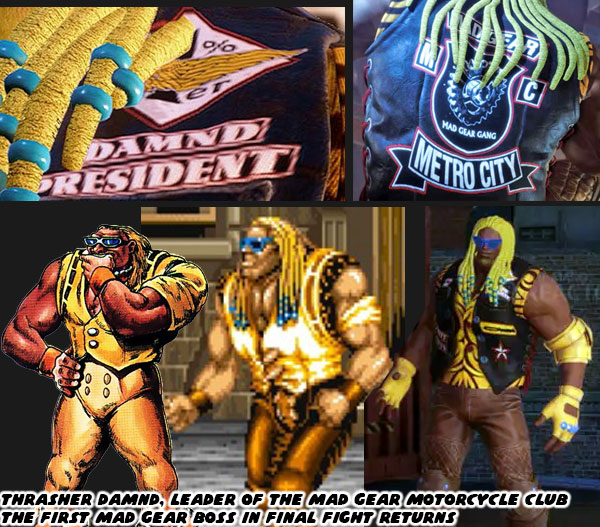
The updated look for Damnd was handled so well that it deserved a closer look. The original character, and design was meant to be loud. The character was brash, and annoying. Having yellow braids, a yellow vest, bright blue sunglasses, and brown leather pants were all clashing choices that reflected his personality. The SF6 version maintained those details, and added more context to his modern design. His top was actually reversed to yellow undershirt, with a black vest over. It was a look that could almost be passable for a real world flamboyant gang leader. The Mad Gear Gang was a motorcycle club patch on his vest. It stood to reason as the name Mad Gear actually
came from an arcade game released a year before FF. It was about a futuristic race, where you could jump over opponents, and knock them off the road. On his vest he wore a patch that said President. I could see him leading the Motorcycle Club, but not the whole Mad Gear organization. He also had another patch that read 1%er on his left shoulder. This was a detail easy to overlook. The term 1%er was coined in 1947 by the American Motorcyclist Association. They stated that
99% of motorcycle riders were law abiding citizens, it was actually only 1% that were violent criminals. The various gangs that road bikes would eventually start wearing those patches on their vests starting in the 1960’s.
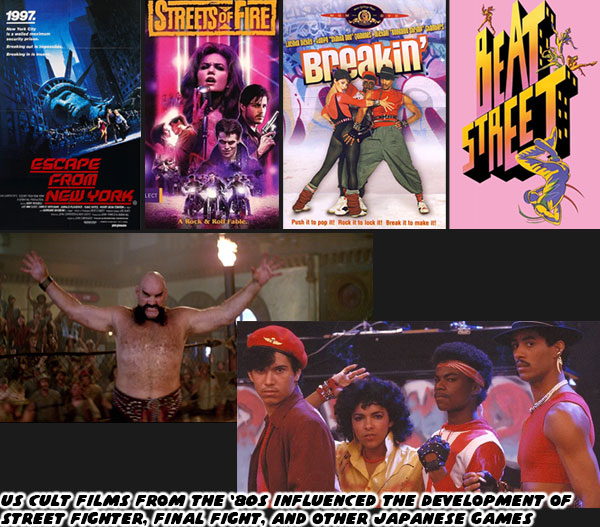
A good chunk of the design work that went into Final Fight, and brawling games for that matter, were rooted in US gang culture. In particular that representation in cult films. In the late '70s, and early '80s the Japanese designers at Capcom were absorbing this media, synthesizing it, and trying to recreate it in their games in order to appeal to western audiences. It was most apparent when they were coming up with the names for the individual Mad Gear members. Those from Gen-X knew instantly where the majority of those names came from. Previously on this blog I talked about
the origins of Mad Gear character names like Axl, Slash, Sodom, and Abigail as well as
lesser known characters like Caine. Hair metal, the glamorous offshoot of heavy metal was wildly popular in the ‘80s. Poison was a successful band, and one of the popular clubs they performed at was the Roxy. Those names would be applied to the first female gang members in the game.
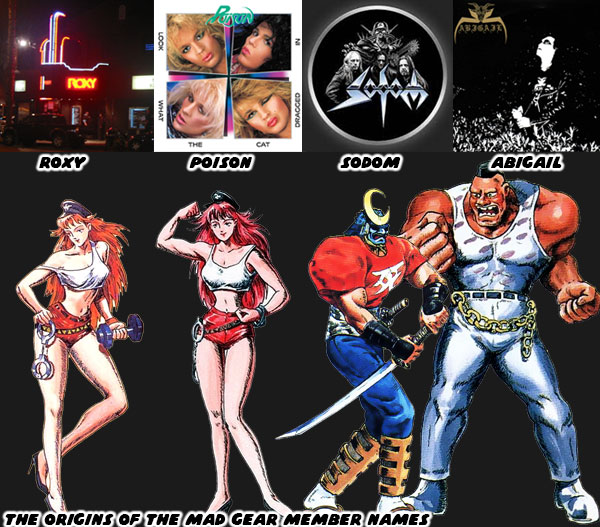
The fashion, colors, music, and visuals seen in movies, and music videos would become the basis for Metro City. It’s quite possible that Beat Square, and Beat Street in SF6 was named after the cult b-boy film
Beat Street, which also was shot in part at the Roxy. The female gang members themselves were based very much on the look of a pro wrestler named "Hollywood." Jeanne Basone had the entire look of white crop top, hot pants, handcuffs, and biker hat with a winged skull, and crossbones at least three years before Final Fight came out. None of the artists at Capcom had confessed that she was the basis for either Poison or Roxy, however if you had ever seen the Gorgeous Ladies of Wrestling in the mid-'80s,
later to become a Netflix docudrama then it was hard to argue that it was all a coincidence.
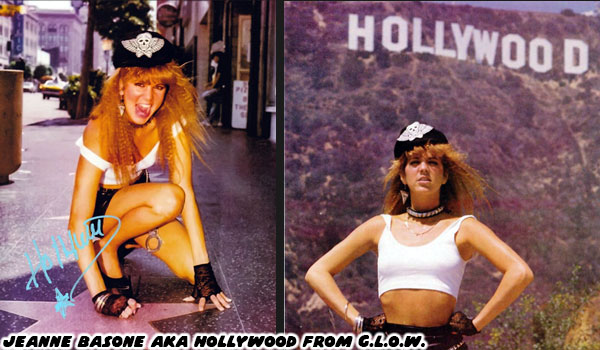
When it came to capturing US street culture it wasn’t always lighting in a bottle. Sometimes you could tell the Japanese designers had no idea what they were doing. We will explore how Capcom evolved in their understanding of Western culture in the next blog. I hope to see you back for that. If you are a long time fan of Final Fight, or Street Fighter then I would like to hear your impressions of SF6. If you have never played any game previously then tell me your experiences in the comments section please. As always if you would like to sponsor me
please visit my Patreon page and consider donating each month, even as little as $1 would help make better blogs and even podcasts!
















I love how these characters even got unique moves. I just wish they were unlockable for your CAC.
ReplyDeleteCarlos' new look is such a glow-up. He even gets his own fight theme.
ReplyDelete